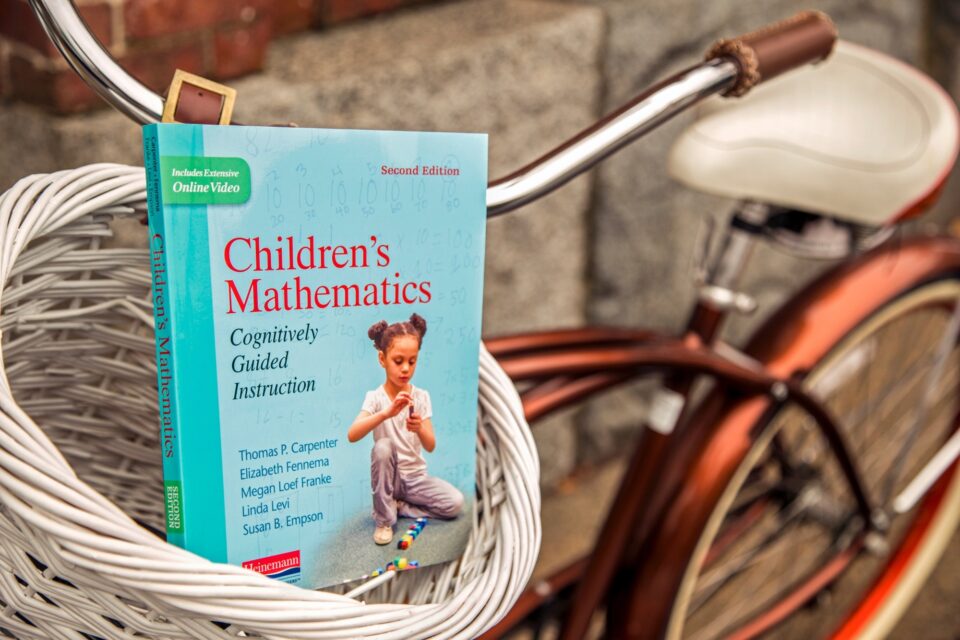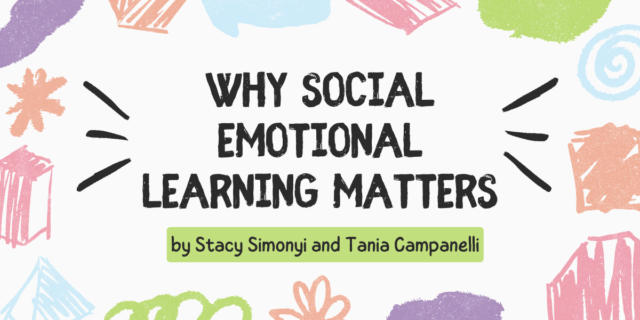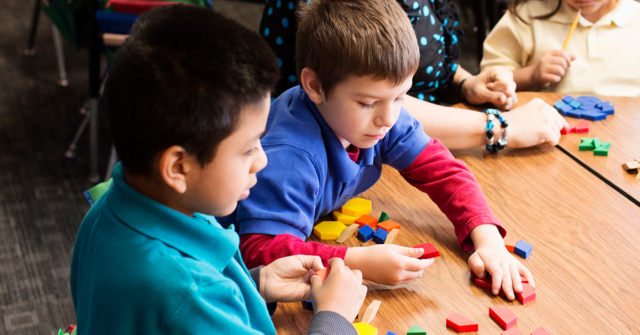
Children’s Mathematics helped hundreds of thousands of teachers understand children’s intuitive mathematical thinking and use that knowledge to help children learn mathematics with understanding. The newly updated Second Edition provides new insights about Cognitively Guided Instruction based on the authors’ research and experience in CGI classrooms over the last 15 years.
Children’s Mathematics helped hundreds of thousands of teachers understand children’s intuitive mathematical thinking and use that knowledge to help children learn mathematics with understanding. The newly updated Second Edition provides new insights about Cognitively Guided Instruction based on the authors’ research and experience in CGI classrooms over the last 15 years.
Reading Is Thinking but Math Is Thinking, Too
Written by Heinemann Publishing's Josh Evans
“I don’t know how to do this,” says a woeful student in your elementary math classroom. “But I just spent two full classes teaching this,” you think. “She was able to solve similar problems yesterday. How can she be so lost today?”
Working on a math skill or strategy and seeing little carryover from one problem to the next can be frustrating. You plan your instruction so one skill builds on another. You spend time carefully guiding students through the steps and strategies needed to solve certain types of problems. You set up the learning within meaningful and authentic contexts. You gradually release responsibility to your students until they are working more independently. And then they’re stumped by a problem they should know how to solve and it feels as if your efforts were for naught.
But consider: do you think the same way when teaching reading? You’re not discouraged in the same way when a student is able to make a series of inferences while reading one book but not another; you recognize that reading requires an incredible amount of complex thinking. Students need help understanding and thinking through the many nuances in literature from someone who knows how a reader’s thought processes work. When you work with a student on the skill of making an inference, you explore his thinking. What clues did he look for in the text? How did he pull his thinking together into a single theory? What evidence did he miss? Through significant personal experience, you have an intimate knowledge of your own thinking as a reader. By extension, you have a clear window into the thinking of your students. You naturally embrace the philosophy that reading is thinking.
Mathematics may not hold the same place in your heart, and the window into your students’ thinking may be foggier. But math is thinking, too! This is the power of the new edition of Children’s Mathematics. Building on the legacy of the first edition and the philosophy of cognitively guided instruction (CGI), this book makes plain many of the subtle thinking strategies that students use and stumbling blocks they encounter. It demonstrates why one student confidently solves a subtraction problem with regrouping on paper but struggles to model it. It reveals why another student is able to solve a multiplication problem when given the number of groups and the number objects in each group but stalls when given the total number of objects (the “answer”) and asked to find the missing number of groups.
Through research, anecdotes, and video clips, Children’s Mathematics invites you to enter purposefully into the mathematical thinking of your students. The book explicitly guides you through the strategies and thought processes students use when solving various types of problems, knowledge you can then use to help your students explore foundational numerical concepts and their own approach to problem solving. Math is thinking, too!
Click below to view a clip in which a teacher relates a student’s idea to a previous idea and encourages her to add to it:


